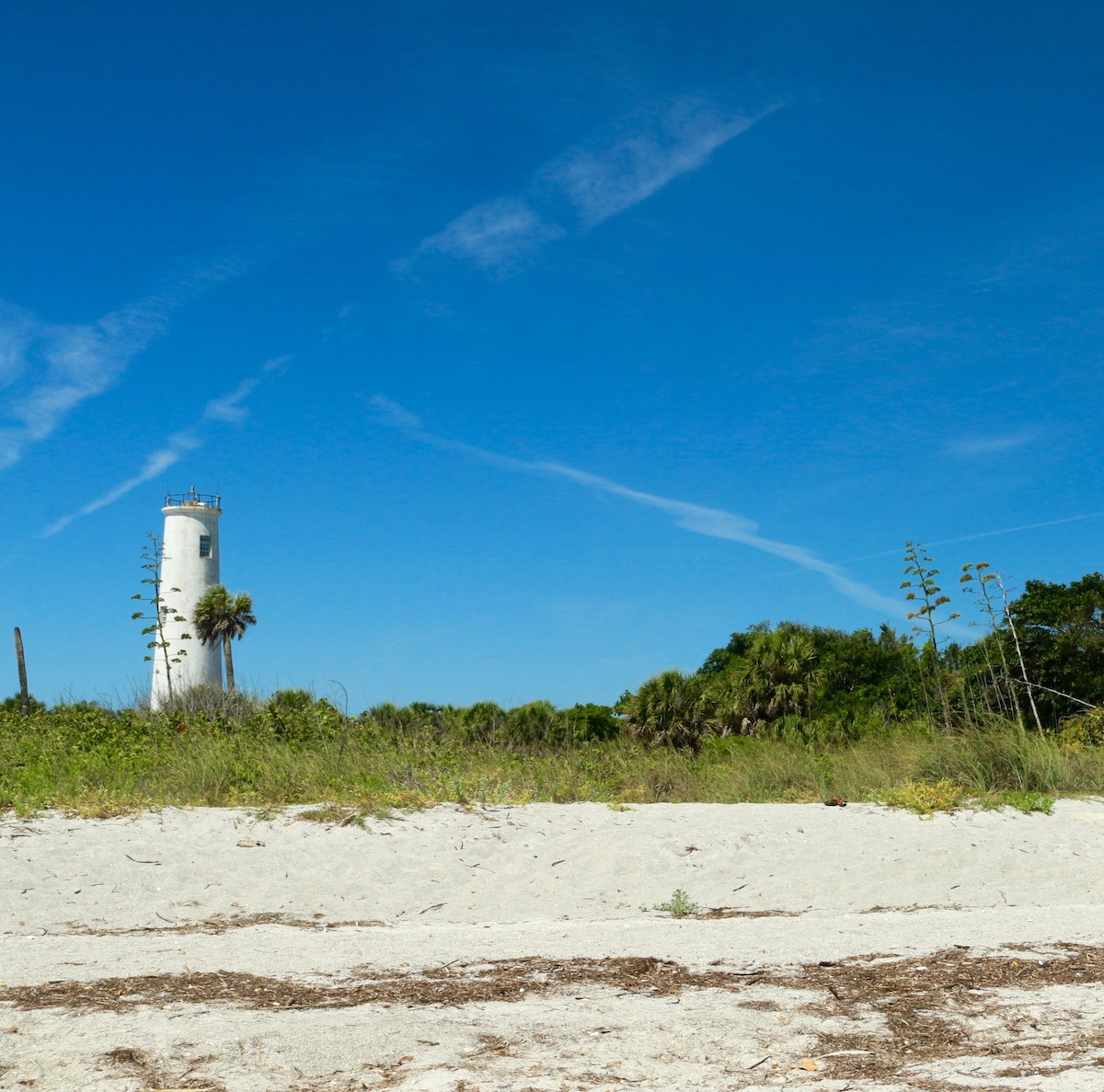
Spotlight on The Boehmer Photos
Did you know that the Ah-Tah-Thi-Ki Museum hosts several past exhibits, as well as photo collections, online? Due to the hard work and dedication of the Museum team, there are thousands of photographs, artifacts, scanned books, letters, and memorabilia that you can peruse from your home through the Museum Online Collection. Interested in learning how to use the online collection? Check out this previous blog post! This fantastic resource is available to the public. So, it is a perfect way to learn more about Seminole history and culture from your own home.
This week, we will highlight just one part of the Ah-Tah-Thi-Ki Museum Online Collection, the Boehmer photos. Subsequently, we will be highlighting a special online exhibit originally exhibited in 2014, A Brighton Tribute: A Celebration of the Reservation through the Boehmer Collection. A very special part of the Museum Collection, the Boehmer photos offer a unique glimpse into daily reservation life in the late 1930s through the 1960s. These images documented daily Seminole life, including the “early days of the 4-H club, the Cattle Program, Brighton Field days, and the craft guild.”
In our featured image this week, you can see a group of students in front of a car at the Brighton Indian Day School in 1942. Most likely, the vehicle pictured brought the children to school each day. Standing from left to right are Jack Micco, Harry Tommie, Storeman Osceola, Maude Johns, Lottie Johns, Lauderdale Johns, Mary Jumper, Louise Smith (seated on fender). Seated from left to right are Wonder Johns, Howard Micco, Joe Jumper, unidentified, Archie Johns, Cecil Johns, unidentified.
The Ah-Tah-Thi-Ki Museum Online Collection and Exhibits
The Ah-Tah-Thi-Ki Museum hosts many of their scanned historic photographs, postcards, artifacts, letters, and memos through their Online Collections Database. So, it is a fantastic way to learn more before or after your Ah-Tah-Thi-Ki Museum visit. The Museum cares for more than 200,000 objects, ranging from “historical newspapers, manuscripts, patchwork clothing, baskets, dolls, militaria and various pieces of ephemera produced during the 20th century.” Generally, the items relate to the Seminole Tribe of Florida and the Indigenous populations of the Southeastern United States. Each item is important to Seminole history and culture, and helps preserve these truths for future generations. Additionally, visitors can access many objects digitally.
Below, you can see a black and white photo of a group of young boys lined up outside, playing with basketballs. The children line up in front of a large chickee type structure filled with tables and chairs. The Museum has identified Weems Buck, Paul Smith, Rocky Osceola, Roy Snow, Johnny Osceola, Shane Buck, David Snow, and Mike Tommie in the image. William D. Boehmer took this photo in 1960.
This, and many other historic images like it, is just a small snapshot of what is available in the Museum Online Collection. The Ah-Tah-Thi-Ki Museum hosts several prior exhibits in addition to the Online Collection. The Museum has abbreviated the exhibits online. But they are still a fantastic peek into past Ah-Tah-Thi-Ki Museum offerings. From Jimmie Scott Osceola’s life and artistry, understanding the importance and symbolism in modern Seminole patchwork, or even experiencing the unifying power of student art in the wake of a pandemic, each exhibit is a lens into a particular facet of Seminole life, culture, and history.

GRP1896.120, ATTK Museum
A Brighton Tribute: A Celebration of the Reservation through the Boehmer Collection
One of the fantastic exhibits hosted online through the Ah-Tah-Thi-Ki Museum is A Brighton Tribute: A Celebration of the Reservation through the Boehmer Collection. Originally on exhibit in August 2014, this collection of 25 images (of the originally exhibited 26) showcases and celebrates the Brighton community through the eyes of Edith and William D. Boehmer in the 1940s through the 1960s. In 1938, Richard Osceola, along with other Brighton Tribal Members, pressed Assistant Commissioner H.A. Zimmerman for a school on the Brighton Reservation.
Consequently, Edith and William Boehmer were hired as housekeeper and teacher. Thus, the school opened on January 9th, 1939. The Boehmers would run the Brighton Indian Day School for the next 16 years, until the school closed in 1954. Then, they sold their assets to the Tribe in 1960, to help create the original Okalee Indian Village. Below, you can see a newspaper clipping featuring William Boehmer (right) proudly watching Dorothy Osceola (middle) receive her high school diploma in 1959.

2005.1.855, ATTK Museum
But, the Boehmers would continue their connection with the Seminole Tribe for many years after. Edith Boehmer helped establish the Seminole Arts and Crafts Guild, while William Boehmer continued to fill various roles until his retirement in 1966. Throughout his long career within the Brighton community, William Boehmer took over 2,000 photographs. A Brighton Tribute was inspired by memories of this period, the Boehmer’s impact, and what the Boehmer photos meant to many Brighton elders. The Boehmer photos feature “soon-to-be councilmen, judges, doctors, nurses, program directors, and culture bearers are growing up in these images.” The alumnae of the school and other Tribal Members chose the images for their significance and impact.
The Boehmer Impact in Brighton
The Brighton Indian Day School closed in 1954. The Okeechobee School District desired Brighton students to attend their schools. Although the school closed, it (and the Boehmers) still had a significant impact on the students who attended. One of the most poignant pieces of A Brighton Tribute is the memories and stories attached to each image of the exhibit. Significantly, many feature the school and the Boehmers. In a 2014 Seminole Tribune article about the exhibit opening, stories and memories of the Boehmers and their continuing impact in Brighton. Below, you can see Geneva Shore and Edna McDuffie wearing formal gowns for the Okeechobee High School Senior Prom in 1959.

2009.34.1203, ATTK Museum
“I went to the prom. I didn’t know what it was or that I needed a special dress or anything,” McDuffie recalls in a quote below the image at the exhibit. “Mrs. Boehmer took Geneva and I to Orlando to get us our prom dresses. We didn’t know how to pick out a dress. That was the kind of thing they did. I’m sure we had to get everything – shoes, the dress and undergarments. I guess Mrs. Boehmer paid for this somehow, but she made sure we would be dressed right for the prom.”
These, and other stories and memories, made this exhibit transcend beyond mere photographs. The images were important because they were conduits to tell these important stories through. In the same 2014 article, Rebecca Fell, former Ah-Tah-Thi-Ki Museum Curator of Exhibits, explained the intention behind the exhibit. Fell states, “It’s about making sure the story is being told by the people who lived it. These older generations look at the pictures and remember so many things, so I hope the exhibit offers a powerful way of passing on these stories to the younger generations.”
The Boehmer Collection Comes to the Ah-Tah-Thi-Ki Museum
The Ah-Tah-Thi-Ki Museum cares for thousands of Boehmer photos outside of the 26 images chosen for A Brighton Tribute. In 2009, the Ah-Tah-Thi-Ki Museum received a copy of the Boehmer Collection and corresponding index cards. They worked meticulously to catalogue and care for this vast and deeply important Collection. The Museum finally completed safe housing for the images in October 2010. The National Anthropological Archives of the Smithsonian Institution houses the original negatives. These meticulously documented cards contained the location, date, event, activity, and people in each image. Below, you can see an image from the Boehmer Collection. Mrs. Edith Boehmer (left-right) stands with J. Edw. Davis and Dorothy Osceola around the sign for the Seminole Crafts Guild on the Brighton Reservation. William D. Boehmer took the image in 1956.

(2009.34.1115, ATTK Museum)
In a 2010 Ah-Tah-Thi-Ki Museum Blog Post about receiving and processing the Boehmer photos, it is emphasized that the wealth of information that accompanied the Collection is priceless. The post reads “Boehmer photographed every aspect of life on the reservation including the school children and school activities, Field Days, working cattle, attending a fair in Tampa, and many others. This collection of Seminole photographs is unique because it captured everyday activities, taken by a man who knew the people and was involved in the events taking place. The stories and histories documented in this collection cannot be found anywhere else.”
Author Bio
Originally from Washington state, Deanna Butler received her BA in Archaeological Sciences from the University of Washington in 2014. Deanna moved to South Florida in 2016. Soon, she began working for the Seminole Tribe of Florida’s Tribal Historic Preservation Office. Deanna was the THPO’s Archaeological Collections Assistant from 2017-2021. While at the THPO, Deanna worked to preserve, support, and process the Tribe’s archaeological collection. She often wrote the popular Artifact of the Month series, and worked on many community and educational outreach programs. She lives in Fort Myers, FL with her husband, son, and dog.



